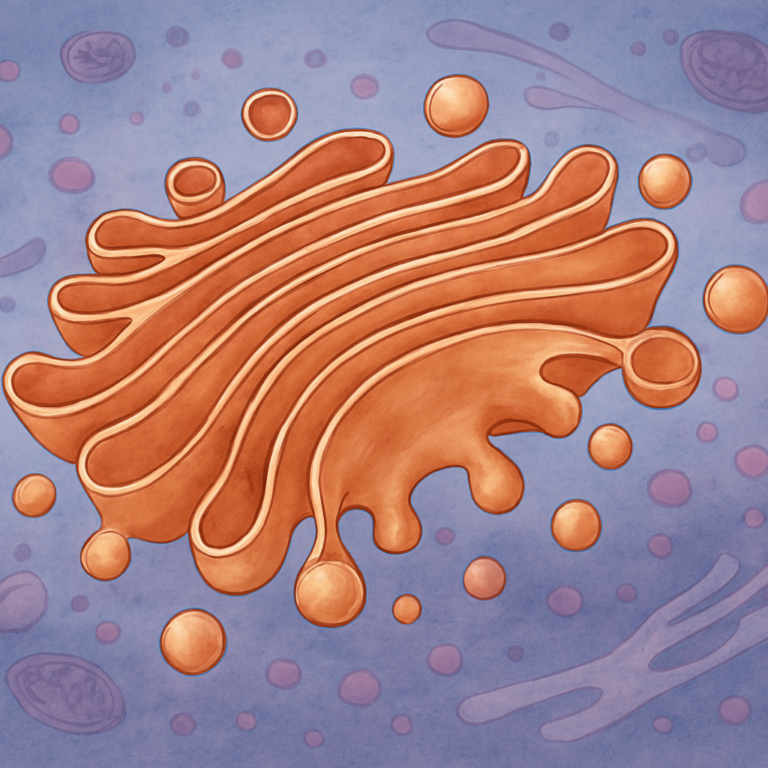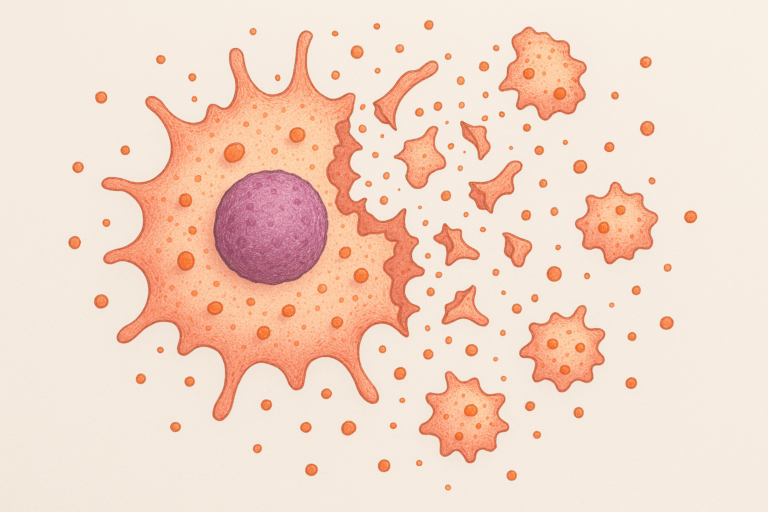Introduction
Adenosine Triphosphate (ATP), often referred to as the ‘energetic currency of life’, is a critical organic molecule present in all forms of life. This molecule plays a vital role in various biological processes, such as chemical synthesis, mechanical work, and transport work across cellular membranes (Khan Academy, 2020).
Structure
ATP is a nucleotide, the basic structural unit of nucleic acids like DNA and RNA. It consists of an adenosine moiety (an adenine ring and a ribose sugar) and three phosphate groups linked together by high-energy phosphoanhydride bonds (HHMI, 2021). The energy stored in these bonds can be tapped for biological processes.
The Energy Currency of the Cell
ATP is often compared to a rechargeable battery. When the cell requires energy, it ‘uses up’ ATP by breaking the bond between the second and third phosphate group, releasing energy and forming Adenosine Diphosphate (ADP) and a free phosphate group (Nature, 2019). This reaction is exothermic, meaning it releases energy that can be harnessed for cellular work.
The cell ‘recharges’ the battery by adding a phosphate group back to ADP, reforming ATP in a process called phosphorylation. This cycle of ATP-ADP conversion is continuous in living cells, making ATP a renewable resource (Khan Academy, 2020).
Role of ATP in Cellular Processes
ATP plays a pivotal role in numerous cellular processes:
1. Metabolism: ATP provides the energy for metabolic processes for cellular functions. It’s involved in the synthesis of biomolecules, including nucleic acids and proteins (OpenStax, 2017).
2. Muscle Contraction: ATP provides the energy for muscle contraction. The interaction between actin and myosin filaments in the muscle cell results in muscle contraction, powered by ATP (Coursera, 2018).
3. Active Transport: ATP is used to move substances across the cell membrane, usually against a concentration gradient. This process, known as active transport, is fundamental for maintaining the cell’s internal environment (MIT OCW, 2019).
4. Signal Transduction: ATP acts as a signaling molecule, transmitting signals within the cell and facilitating communication between cells (Frontiers in Cell and Developmental Biology, 2020).
Synthesis
ATP is synthesized from ADP and inorganic phosphate (Pi) mainly through two processes: substrate-level phosphorylation and oxidative phosphorylation. Substrate-level phosphorylation occurs in glycolysis and the citric acid cycle, while oxidative phosphorylation occurs in the mitochondria, powered by the process of electron transport chain (Bozeman Biology, 2021).
Conclusion
In conclusion, ATP is a molecule of paramount importance in biology. Its role as an energy carrier is fundamental to the functioning of cells and, by extension, all life forms. Future research on ATP and its functions can lead to new insights into cellular processes and potential applications in medicine and biotechnology.
References
1. Khan Academy. (2020). ATP: Adenosine Triphosphate.
2. HHMI BioInteractive. (2021). ATP Structure and Function.
3. Nature. (2019). ATP and Its Role in Cellular Metabolism.
4. OpenStax. (2017). ATP: The Energy Currency of the Cell.
5. Coursera. (2018). The Role of ATP in Muscle Contraction.
6. MIT OpenCourseWare. (2019). Active Transport.
7. Frontiers in Cell and Developmental Biology. (2020). ATP: A Multifunctional Messenger.
8. Bozeman Biology. (2021). ATP Synthesis and Structure.



